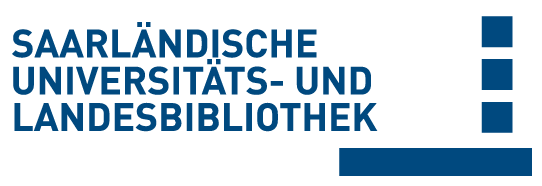Bitte benutzen Sie diese Referenz, um auf diese Ressource zu verweisen:
Volltext verfügbar? / Dokumentlieferung
doi:10.22028/D291-41602 Dateien zu diesem Datensatz:
Es gibt keine Dateien zu dieser Ressource.
| Titel: | The impact of geometric complexity on manufacturing process efficiency of Selective Laser Sintering |
| VerfasserIn: | Häfele, Tobias Schneberger, Jan-Henrik Buchholz, Sören Vielhaber, Michael Griebsch, Jürgen |
| Sprache: | Englisch |
| In: | |
| Titel: | Procedia CIRP |
| Bandnummer: | 120 |
| Seiten: | 968-973 |
| Verlag/Plattform: | Elsevier |
| Erscheinungsjahr: | 2023 |
| Konferenzort: | Cape Town, South Africa |
| Freie Schlagwörter: | Complexity Freedom of Design Additive Manufacturing Selective Laser Sintering Thermoplastic Polyurethane |
| DDC-Sachgruppe: | 620 Ingenieurwissenschaften und Maschinenbau |
| Dokumenttyp: | Konferenzbeitrag (in einem Konferenzband / InProceedings erschienener Beitrag) |
| Abstract: | One of the major advantages of additive manufacturing (AM) is often cited as freedom of design. In comparison to traditional manufacturing processes, this is valid because an increase in geometric complexity is not equally followed by an increase in costs. However, there are numerous challenges in this regard, since the proposed freedom of design is often presented in an undifferentiated manner, neglecting the various processes and principles of this technology. A comparison of different AM-processes (e.g., powder bed fusion and material extrusion of polymers) shows that the geometry to be generated sometimes has significant effects on the production effort in terms of building time and costs. However, these effects are insufficiently explored at the present stage. This paper addresses the aforementioned issues in order to evaluate the impact of geometric complexity on the manufacturing process. The methodology is demonstrated using the process of selective laser sintering (SLS) for polymers. The study is conducted with a thermoplastic polyurethane (TPU) powder. The main focus lies on the analysis of geometrical influencing factors, parameters of the manufacturing process as well as resulting production efforts. Building on these theoretical findings, the relationships are proven experimentally. For this purpose, a variety of complex geometric shapes are produced with two different SLS systems in order to analyse generation time. While maintaining typical component criteria such as height and volume, it is shown that the generation time can be changed by more than 30 % by varying the complexity. Compared to existing work, new insights into the productivity of the manufacturing process are gained regarding component design, component orientation as well as the layout of build jobs. |
| DOI der Erstveröffentlichung: | 10.1016/j.procir.2023.09.109 |
| URL der Erstveröffentlichung: | https://www.sciencedirect.com/science/article/pii/S2212827123008417 |
| Link zu diesem Datensatz: | urn:nbn:de:bsz:291--ds-416025 hdl:20.500.11880/37523 http://dx.doi.org/10.22028/D291-41602 |
| ISSN: | 2212-8271 |
| Datum des Eintrags: | 23-Apr-2024 |
| Fakultät: | NT - Naturwissenschaftlich- Technische Fakultät |
| Fachrichtung: | NT - Systems Engineering |
| Professur: | NT - Prof. Dr. Michael Vielhaber |
| Sammlung: | SciDok - Der Wissenschaftsserver der Universität des Saarlandes |
Alle Ressourcen in diesem Repository sind urheberrechtlich geschützt.

